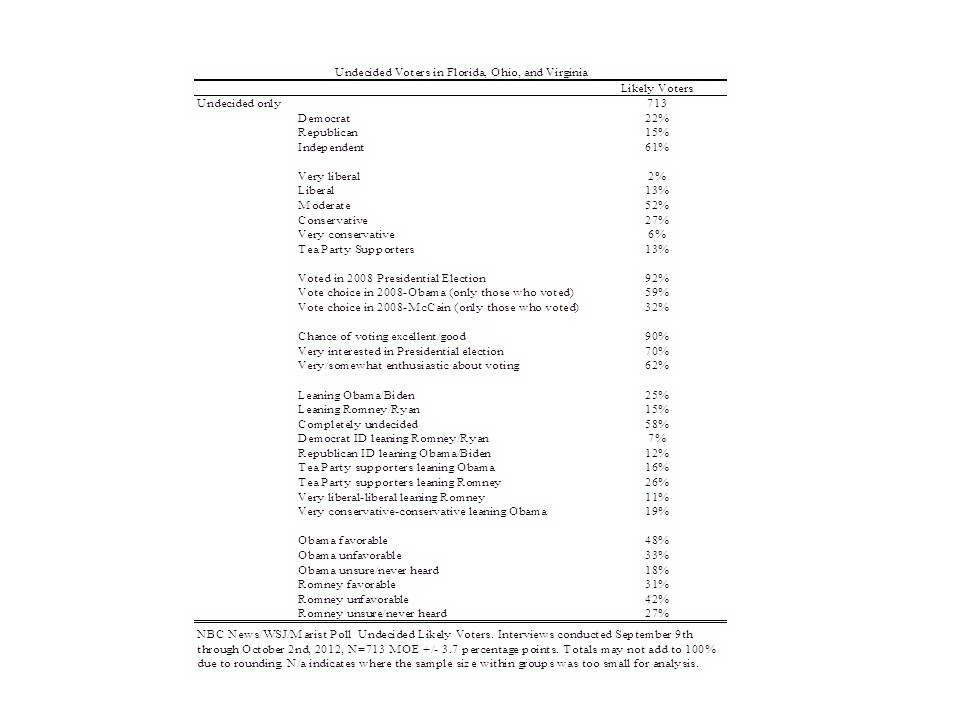Members of the Marist Poll team bid a bittersweet farewell to its student employees who comprise the Class of 2011.
News
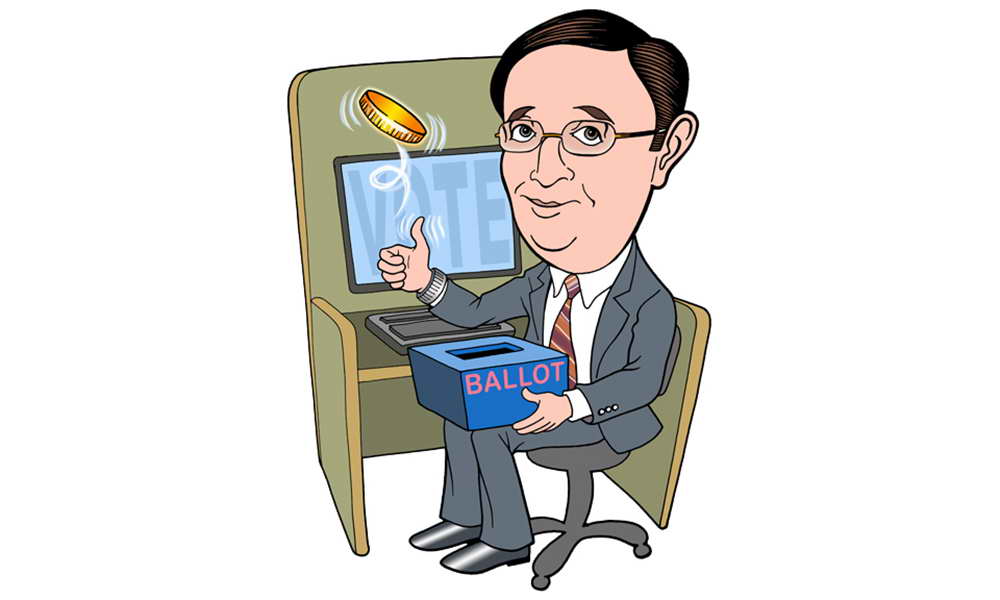
1/21: Memories of Inaugurations Past
By Dr. Lee M. Miringoff
Along with most of the nation today, I’m thinking inauguration. My first memories of a president taking the oath of office date to 1961. My age. Ask not! My favorite inauguration was the first I had attended, Bill Clinton’s in 1993.
There are many great memories from those few days in Washington from the swearing in (excellent seats) to attending the NYS ball that evening (rubbed shoulders with Nelson Mandela).
The top recollection, after the passage of several decades, remains watching the parade down Pennsylvania Avenue from Senator Moynihan’s apartment. Our own private viewing stand.
My contact with Senator Moynihan dates to phone calls I would regularly receive in the early ‘80s about his latest Marist Poll numbers from his, then, staff aide, Tim Russert. The relationship with the Senator grew over the years to include seminars at Marist College where he would treat political science students to his special take of politics and policy. On one occasion, he was even a good enough sport to try his hand at an interview as “Daniel Patrick” with a voter who unfortunately couldn’t rate Senator Moynihan because he had never heard of him. (Won’t ever try that again.) And, there were the lunches in the Senate dining room always full of insight and dripping with Capitol lore.
But, his invitation to attend his inauguration party was the best. And, the memories stay fresh as does my recollection of Senator Moynihan as a great host and gentleman.
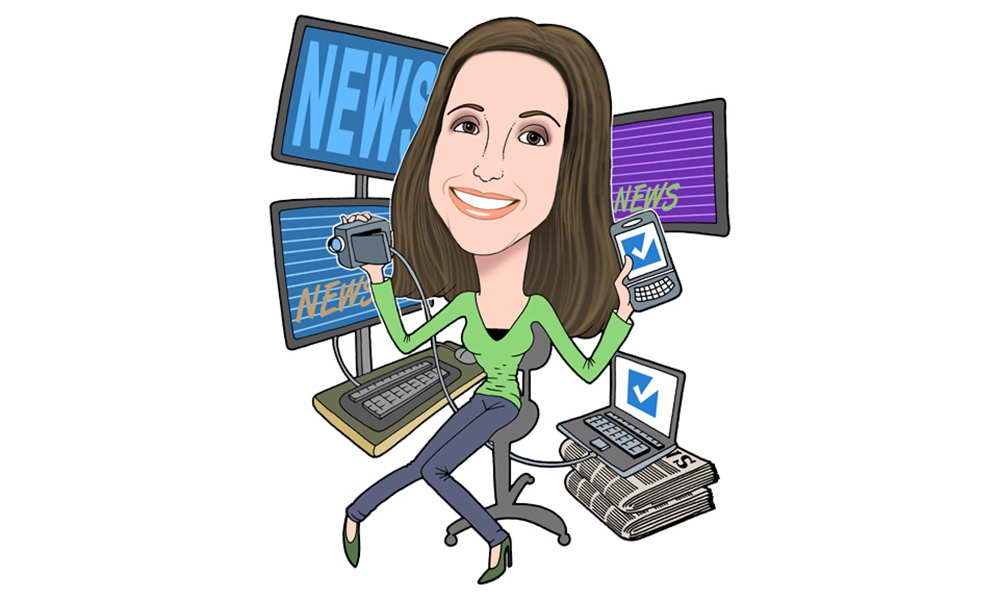
11/27: A New Normal?
November 27, 2012
Four weeks. It’s been four weeks since the tides swelled, the water rushed in, and the lights went out. Still, the lingering question is, Will we ever get back to normal?
 All things considered, we are extremely blessed. Our electricity came back after twelve days of darkness, and we have hot water. We are still without heat but just received word that a new boiler will be installed mid-week. The demolition and clean up in the basement continues.
All things considered, we are extremely blessed. Our electricity came back after twelve days of darkness, and we have hot water. We are still without heat but just received word that a new boiler will be installed mid-week. The demolition and clean up in the basement continues.
I call Howard Beach, Queens home. I have done so my entire life. The “we” to whom I refer is my husband, John, my mother, Elaine, and my brother, Bill. My childhood home lies on an often picturesque portion of Jamaica Bay, directly across from the main strip of retail stores. My mother still lives there. On the evening of Monday, October 29th, I stayed at my mom’s, expecting a small amount of basement flooding, perhaps, one to two feet, like we experienced during Hurricane Irene. Nothing prepared us for what Sandy’s wrath would bring.
With more than two hours until high tide, the water broached our backyard. With each passing minute, the water came higher and higher. The sandbags we stacked next to our side doors did nothing to keep the water from coming into our basement. Bill entered the lowest level of the home to see if anything could be done. Realizing we would have to wait out the storm, he came upstairs and closed the basement door. The lights went out. We cut the circuit breakers and turned off the gas, fearing an electrical fire. Transformers on Cross Bay Boulevard exploded. We could not see the fences in the yard, and no one dared speak of the possibility of water entering the first floor of the house.
As the tide continued to rise, I periodically checked in with my husband. To be close to his place of employment, John hunkered down in our apartment in the “new” side of Howard Beach. It was a section of the neighborhood no one expected to flood. A little after 8 p.m., he asked me the time of high tide. With about half an hour to go, two feet of water surrounded our first floor apartment, and he expected it to invade our home shortly. I began to panic. We hung up, agreeing to touch base in thirty minutes.
I could not contact John at the appointed time, and my emotions escalated from panic to near hysteria. The reality was worse than John was letting on. Water had already come into the apartment, and he had to make a quick decision. The apartment still had power, and he feared the water would rise to the level of the power outlets. Within five minutes, he pulled on his rain gear and left into a sea of waist high water. Luckily, our neighbor was home, and he found shelter on the second floor of her home. After what felt like hours, John called me. He was safe!
Truly, that is all that matters. Our family survived the storm. The aftermath has not been easy. We have our good days and our bad days. John and I lost our apartment but are grateful to be able to stay at my mom’s house. The apartment has since been gutted. We estimate about two feet of water entered our home. Our furniture, electronics, and a good amount of our clothes were destroyed. In total, our family lost four cars to the flood. These can be replaced.
What is most difficult to face are the lost memories – the pictures, weddings cards, and treasured collectibles that are no longer. My mother’s basement had more than six feet of water in it. That basement was home to five generations of memories. The piano on which I learned to play had floated across the room and was atop a freezer that had tipped in the chaos. My great grandfather’s Social Security card was discovered but was too saturated to be saved. My grandmother’s baptismal certificate and grandfather’s college books are strewn across the driveway as are my mother’s original lesson plans from when she taught. My college notebooks and papers are, now, a watered down mess.
However, I feel guilty bemoaning our losses and inconveniences. Many in our neighborhood are still without power. Our pastor received electricity over the weekend, but he is still using the gas jets in the rectory to provide him with heat. Many of our friends not just lost their basements but the first floors of their homes. Some have lost their houses entirely. Piles of rubble lay where homes, victims of fire, once stood. Again, we are lucky.
Some of the stores on Cross Bay Boulevard happily display signs that they are open for business. A welcome indication that aspects of the life we once knew may be returning. Banners have been printed and hung with the text, “Howard Beach United.” We are truly a community bonded by tragedy and hope. But, as the recovery moves on, we will have to wait and see what our new definition of “normal” will be.
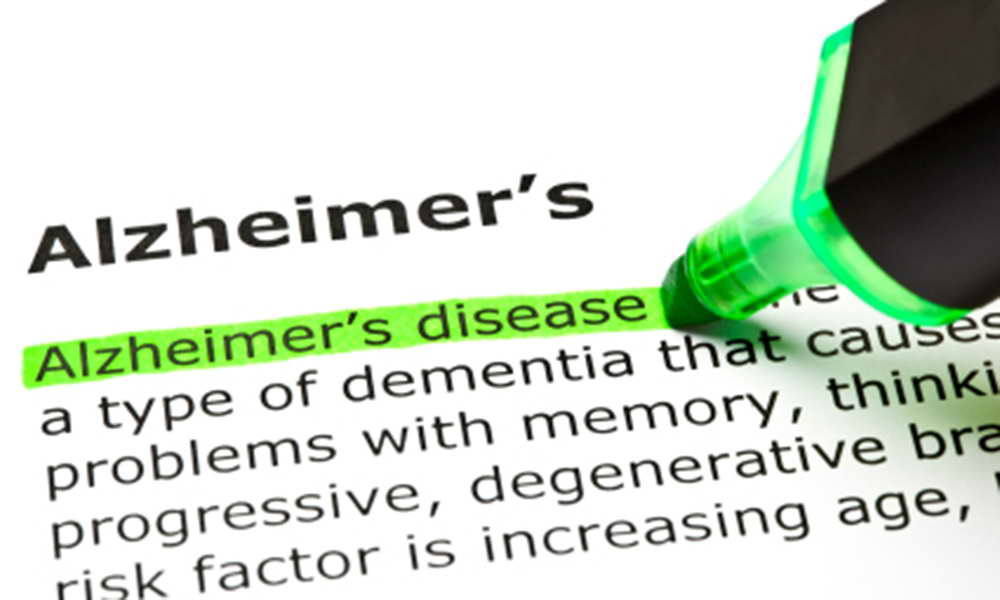
11/14: Alzheimer’s Most Feared Disease
November 15, 2012
More than any other disease, Americans are afraid of developing Alzheimer’s Disease. This is according to a survey by Home Instead Senior Care conducted by The Marist Poll.
 Do Americans think it would be harder to be diagnosed with Alzheimer’s or to care for someone who has the disease?
Do Americans think it would be harder to be diagnosed with Alzheimer’s or to care for someone who has the disease?
To find out more, click here.

11/5: On Election Eve…
November 5, 2012
By Dr. Lee M. Miringoff
When it comes to public opinion polls, this election cycle has had more shoot the messenger reactions than ever before. There’s little doubt that pollsters are in season for October and November.
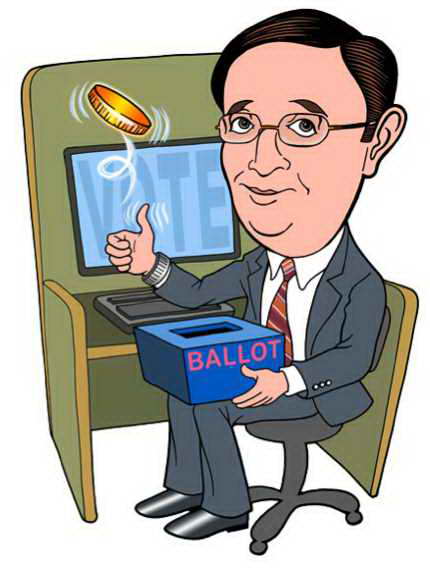 Maybe this results from the growing twitter-sphere. I can’t recall the number of times I’ve had to explain that we don’t weight by party, can’t weight by party, and shouldn’t weight by party. Party identification is a variable that moves from election to election and from poll to poll. If you had used the ’04 exit polls as a guide for ’08, McCain would have been elected.
Maybe this results from the growing twitter-sphere. I can’t recall the number of times I’ve had to explain that we don’t weight by party, can’t weight by party, and shouldn’t weight by party. Party identification is a variable that moves from election to election and from poll to poll. If you had used the ’04 exit polls as a guide for ’08, McCain would have been elected.
Ironically, I’ve never been asked why we might be undercounting young people or overcounting conservatives. I guess the criticisms of poll data are motivated by the political cliche: “Where you stand depends upon where you sit.”
Pollsters can adjust data when there are population parameters but not for attitudes. By way of example, pollsters can weight by age because it is a known number, but not by whether you consider yourself to be young, middle-aged, or old, an attitude.
Then, there’s the issue of pollsters “cooking the numbers” to create some pre-desired result. This criticism is often tied to the “weighting by party” argument.” If you have any worries about pollsters forming a conspiracy, you should attend a professional gathering of number crunchers and watch them try to figure out where to go to lunch. There isn’t a scientifically based public pollster I’ve ever come across in more than three decades of polling who isn’t motivated exclusively by the desire to be accurate and informative.
Then, there’s the matter of track record. A couple of facts about The Marist Poll. In the presidential election of 2008, we polled five of the current battleground states. We called every one right. The average difference between our final estimates and the Election Day results was 2%. And, we underestimated Obama in each case. We are sufficiently humble enough to understand that you are only as good as your last election cycle. And, the battleground states this time are very close.
We are firmly committed to transparency, and make all of our numbers available to the public. Unfortunately, it is our belief in sharing all of our internal numbers that frequently creates the misuse of our polls. But, we will continue to provide the numbers nonetheless because so many people find them valuable and informative.
Finally, I’ve never been convinced that voters are waiting for the next poll to decide who to support. It’s really the other way around. Public polls measure what voters think based upon what the candidates and their campaigns are doing.
Now, I’ve been asked my take on who will win the battleground states. The ‘ol perfessor Casey Stengel used to say, “It’s very difficult making predictions, especially about the future.” Nonetheless, affix your bayonets… Here goes.
Obama has a slight advantage in Ohio and Iowa. Nevada and Wisconsin are leaning his way. The remaining swing states: Florida, Virginia, Colorado, New Hampshire, and North Carolina are simply too close to call.
If (and, it’s still a big “IF”) you give Obama Ohio, Iowa, Nevada, and Wisconsin, and Romney the remaining five states, then Obama ends up with 277 electoral votes to Romney’s 261. The assumption here is that Pennsylvania, Michigan, and Minnesota all remain blue states (another “IF,” even if not as big). We have not polled these states.
Also, recognize these states are all within single digits and most are within the margin of error. Late movement among undecided voters and get out the vote efforts can still have a big impact on all the contested states. Why? Because it’s very close!
Have a good Election Day. My thanks and gratitude to the more than 100,000 voters who have taken their time to share their views with us this election year.







